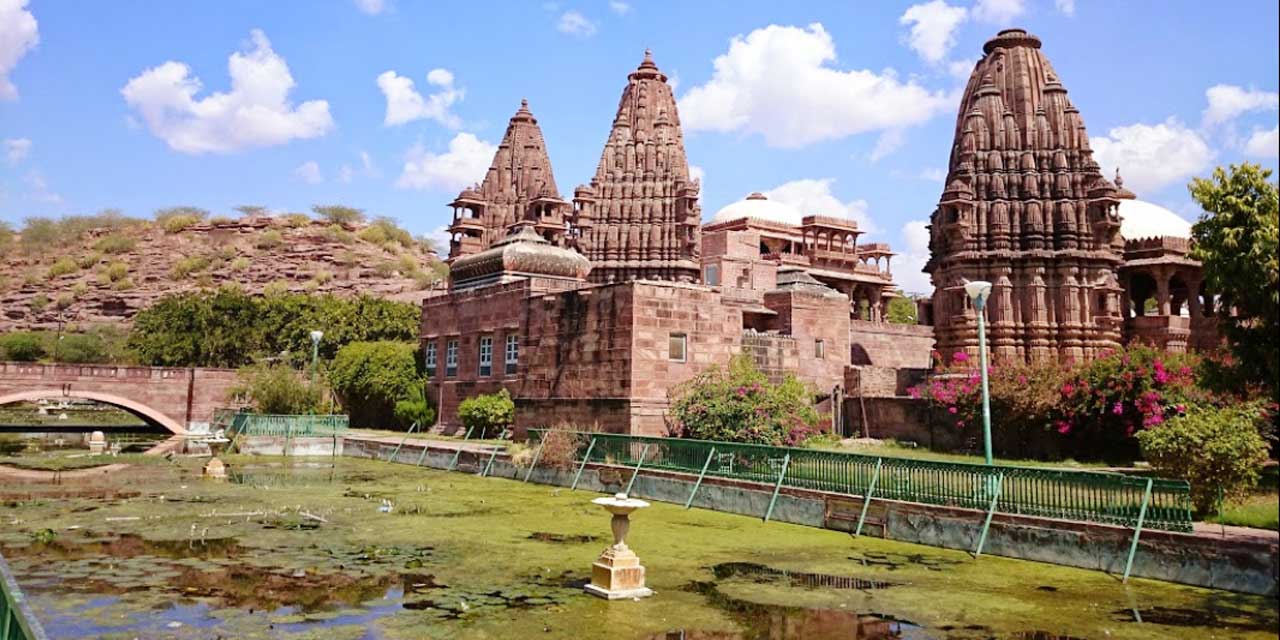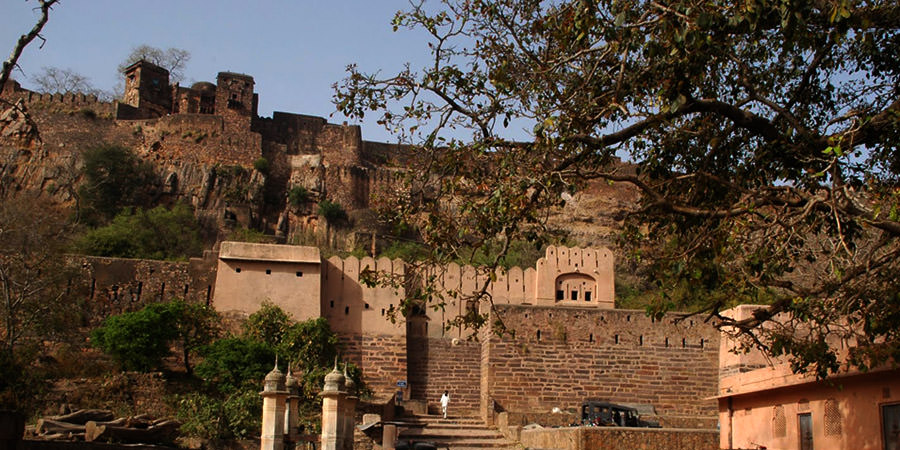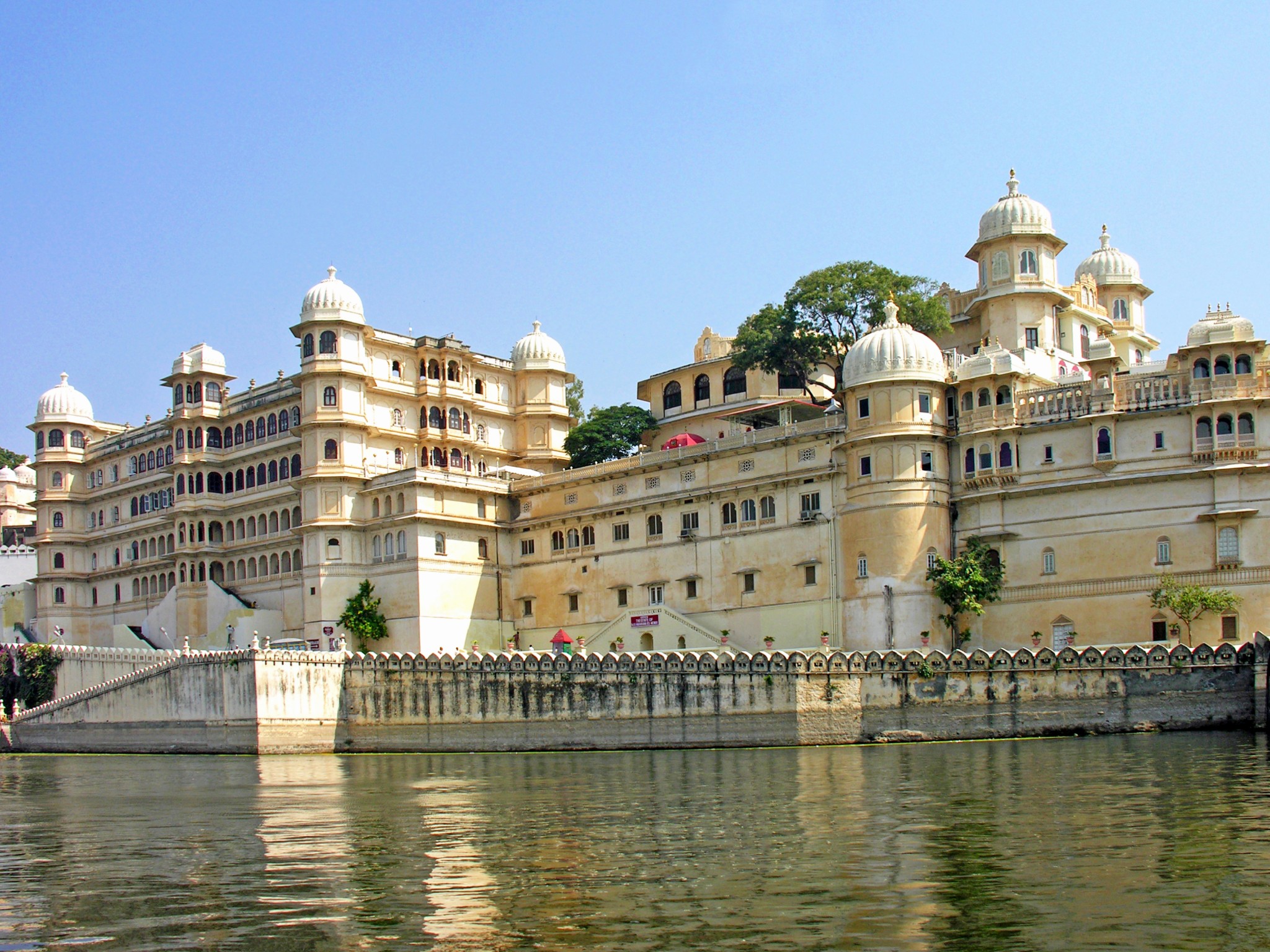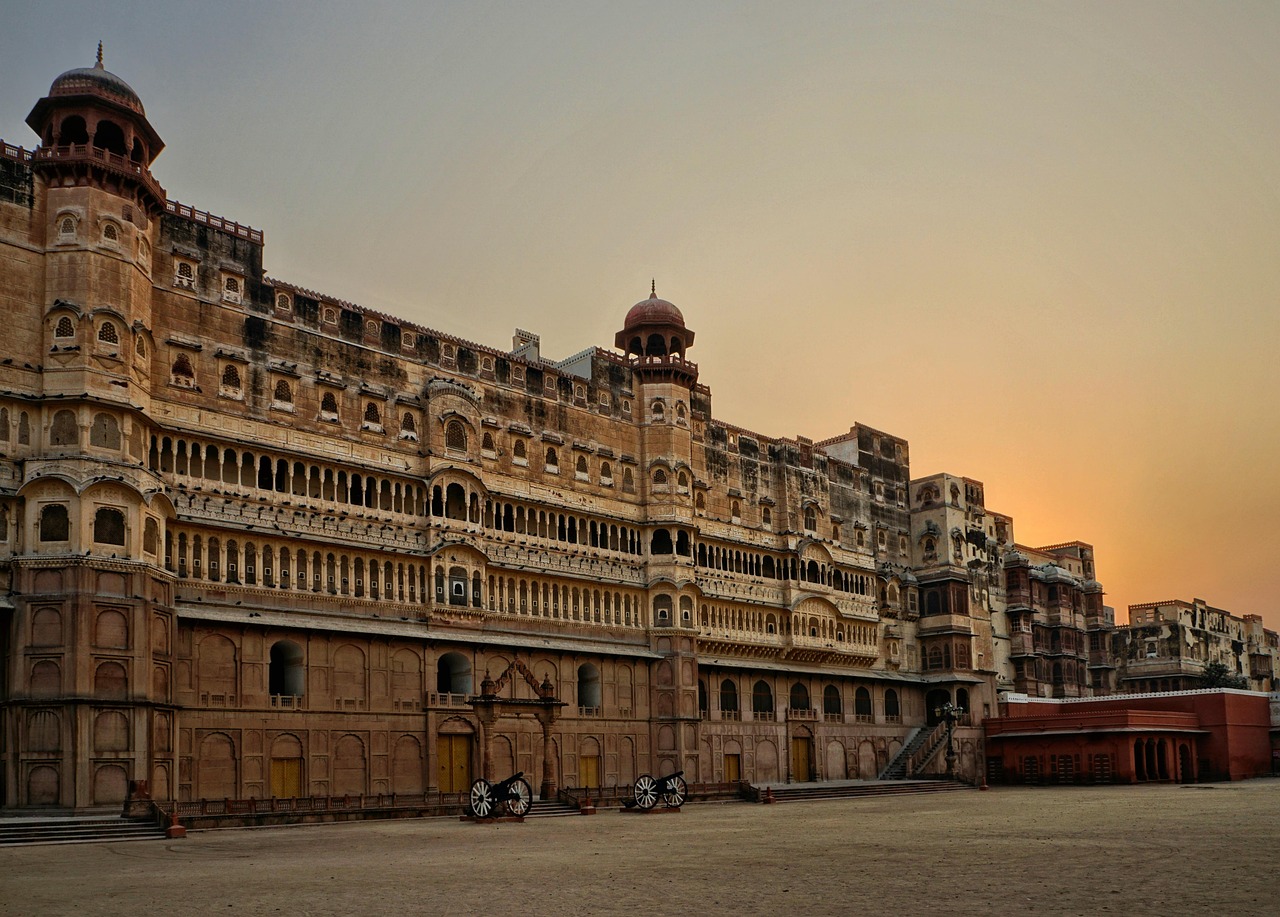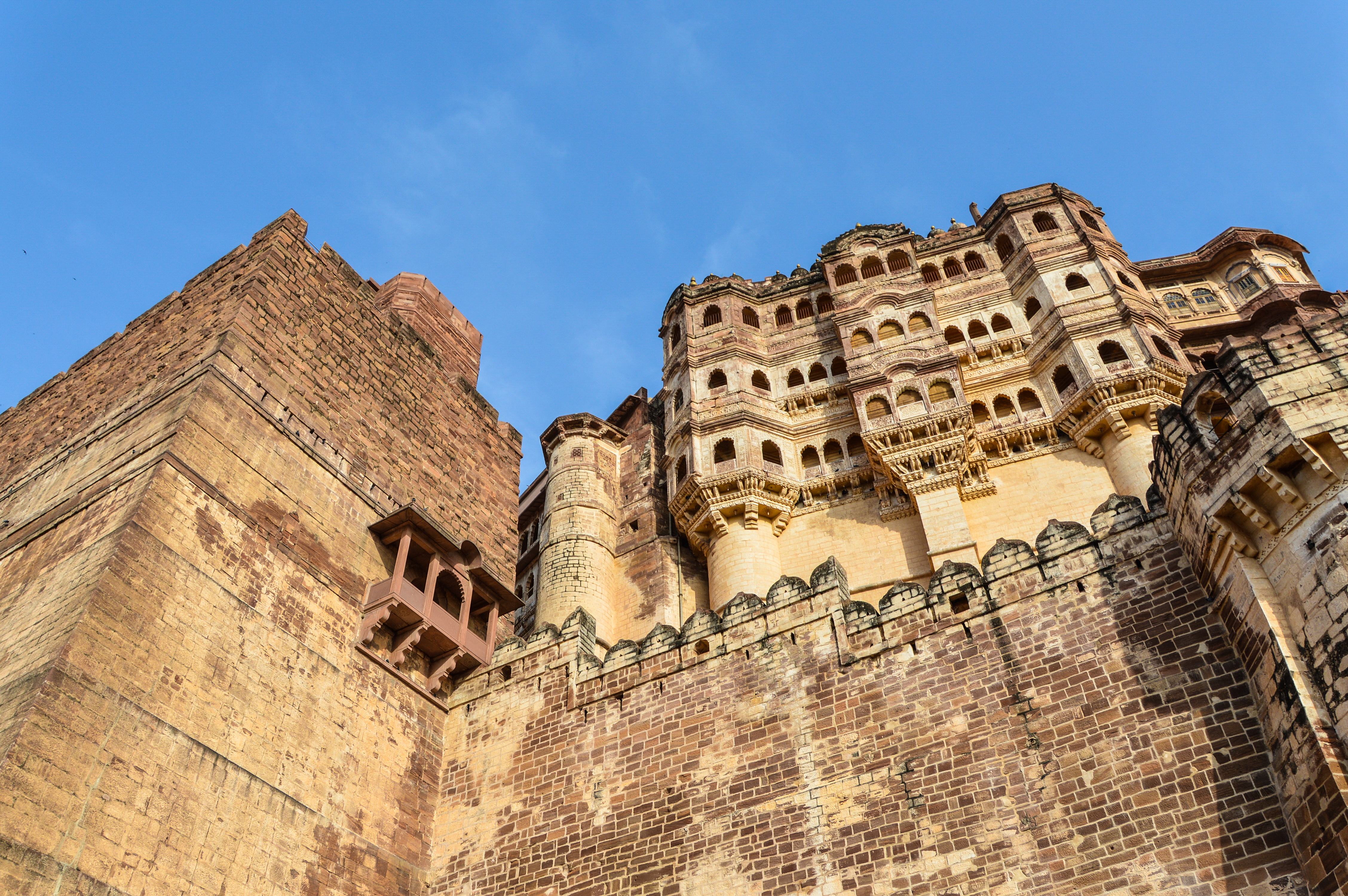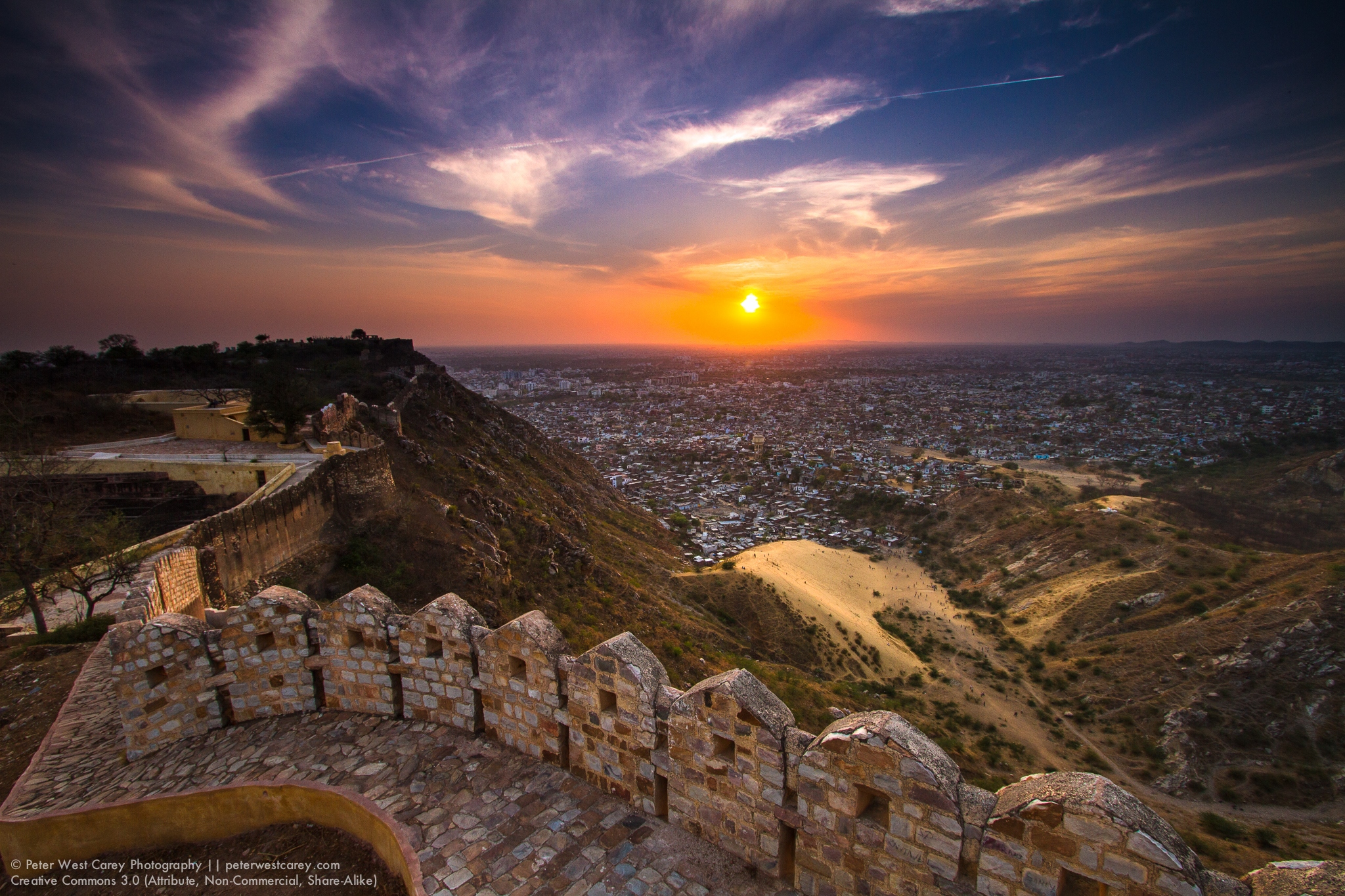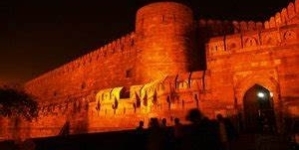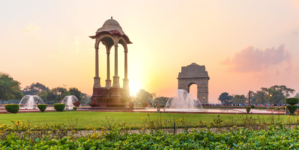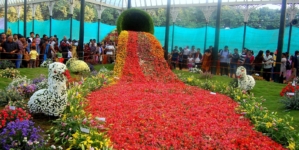This is your complete guide on exploring one among the most magnificent and historical places in India — Ranthambore Fort! Home to the iconic Ranthambore National Park close to Jaipur, this ancient fort has a unique blend of history, nature, architecture, and wildlife. So whether you love traveling, history, or photography or are just seeking peace, Ranthambore Fort is for you.
Contents
- 1 Jaipur: Ranthambore Fort ⏰ History of Ranthambore Fort, Jaipur
- 1.1 🏗️ Building and Design of Ranthambore Fort
- 1.2 🧩 10 Amazing Facts About Ranthambore Fort, Rajasthan
- 1.3 🤔 What to Do at Ranthambore Fort
- 1.4 ⏰ Ranthambore Fort Timings & Entry Fees
- 1.5 ☀️ When is the Best Time to Visit Ranthambore Fort?
- 1.6 📍 How to Reach Ranthambore Fort
- 1.7 🍝 Ranthambore Fort Local Cuisine
- 1.8 💼 Hike Near the Ranthambore Fort
- 1.9 📸 Photography Tips
- 1.10 ✅ Additional Tips
- 1.11 💬 Final Thoughts
- 1.12 🗺️ Most Popular Tourist Attractions Near Jaipur
Jaipur: Ranthambore Fort ⏰ History of Ranthambore Fort, Jaipur
Ranthambore Fort is more than a tourist site — it’s a living tale from the 10th century. Constructed by the Chauhan rulers, the fort has seen several battles, rulers, and eras. Under Raja Hammir Dev Chauhan, it gained fame as a potent defense post.
The fort was later attacked by rulers like Alauddin Khilji, who wanted to capture its strategic location. Over centuries, Mughals, British, and local kings all fought for this fort. Now, it stands as a proud UNESCO World Heritage Site under the “Hill Forts of Rajasthan.”
The fort was earlier called “Ranastambhapura,” which means place of war pillars. Its position on a hill gave it a natural defense, a valuable asset for any king. Here, battles were not fought over the land, but over honor, bravery, and legacy. Today, entering through its gates feels like stepping back through time.

🏗️ Building and Design of Ranthambore Fort
Ranthambore Fort showcases a magnificent architectural fusion of Rajput and Mughal styles. This fort covers a massive area of 7 kilometers and is built at an elevation of 700 feet above sea level, overlooking the national park.
Key Features:
- Massive Fortification Walls: These thick walls have stood the test of time and still showcase the strength of ancient engineering.
- Seven Entrances (Pols): Navlakha Pol, Hathi Pol, Andheri Pol, and Delhi Gate, each with complex carvings.
- Temples: The inside also features many ancient temples, such as Ganesha Temple, Shiva Temple, and Rishabhanatha Jain Temple.
- Stepwells And Reservoirs — These were used for storage of rain and were part of the old sustainable method of living.
- Royal Residences Ruins: The broken down yet regal remains of the Hammir Mahal and Badal Mahal can still be seen.
The fort has a mysterious charm. Every stone, every wall calls out stories of valor, sacrifice, and glory through the ages.
🧩 10 Amazing Facts About Ranthambore Fort, Rajasthan
- More than 1000 Years Old: Constructed in the 10th century by the Chauhan rulers.
- UNESCO World Heritage Site: Contributing part of the “Hill Forts of Rajasthan.”
- Inside a National Park: Rare to find a historical fort inside a wildlife sanctuary.
- Trinetra Ganesh Temple: Wedding cards are sent here!
- Spot Tigers: Sometimes tigers are spotted near the foothills.
- A Symbol of Religious Harmony: Has Both Hindu and Jain Temples
- Used by Mughals for Hunting: Later used as a hunting lodge by emperors.
- Biggest Fort in Rajasthan in Terms of Area: The circumference of the fort is about 7 km.
- Strategic Construction: Natural defense in all directions.
- Connected by Legends: Stories of bravery, betrayal, and royal pride still echo.
🤔 What to Do at Ranthambore Fort
🙏 Trinetra Ganesh Temple
This is the most iconic place in the fort. The devotees believe that here Lord Ganesha always keeps an eye on every visitor. What sets it apart is that it features idols of Ganesha along with his entire family: wives Riddhi and Siddhi, and sons Shubh and Labh.
🌿 Padam Talao Viewpoint
A bird’s eye view of Padam Talao, the largest lake in the Ranthambore National Park, from the fort. At sunrise and sunset, it looks stunning.
🏛️ Hammir Palace
Ruins of this palace give you a feel of the royal lifestyle. Imagine how the kings and queens lived here, with sprawling courtyards and secret chambers.
🌳 Flora and Fauna
Monkeys, peacocks, langurs, and sometimes even deer can be seen near the fort. Bird watchers come here for its rare species.
⛪ Jain and Hindu Temples
Make sure to not miss out on the beautifully carved Jain temples with intricate architecture. They are peaceful, hygienic, and thrumming with spiritual energy.
⏰ Ranthambore Fort Timings & Entry Fees
Timings:
Daily: 6:00 AM to 6:00 PM
Entry Fees:
- Indian Tourists: ₹15
- Foreign Tourists: ₹200
- Video Camera Fee: ₹200 (if applicable)
- Still Photography: Often no charge
These charges are very nominal in comparison with the precious experience you will gain. Be sure to bring cash or a digital payment option.
☀️ When is the Best Time to Visit Ranthambore Fort?
Late October and March are optimal times to visit. Here’s why:
- Pleasant Weather: Cool, great for walking and exploring.
- Clear Skies: Great for photography and sightseeing.
- Wildlife Viewing: Increased chances of spotting animals.
Months to Avoid:
- April to June: Very hot; day temperatures exceed 45°C.
- July to September: During monsoons, the paths are slippery and unsafe.
📍 How to Reach Ranthambore Fort
By Air:
- Nearest Airport: Jaipur International Airport (180 km)
- Travel Time Approx: 3.5-4 hours by cab/bus
By Train:
- Closest Railway Station: Sawai Madhopur Junction (10 km)
- Well connected to key cities like Delhi, Jaipur, and Mumbai
By Road:
- Well connected by National Highways
- Taxis can be booked, or you can take RSRTC buses from Jaipur or Kota
🍝 Ranthambore Fort Local Cuisine
And of course, after all that walking and history, your taste buds need a reward!
Must-Try Dishes:
- Dal Baati Churma: Classic Rajasthani dish with rich flavors
- Ker Sangri: Desert beans and spices
- Gatte ki Sabzi: Gram flour dumplings in spicy curry
- Kadhi Pakora: Tangy, lighter, and delicious
- Bajre ki Roti: With garlic chutney
Make sure to have a glass of sweet lassi or masala chaas to beat the heat!
💼 Hike Near the Ranthambore Fort
Where to Go:
- Sawai Madhopur Market
- Shilpgram (near National Park entrance)
What to Buy:
- Block-Printed Clothes
- Rajasthani Handicrafts
- Miniature Paintings
- Wooden Toys
- Stone Artifacts
These make great souvenirs and gifts for friends and family.
📸 Photography Tips
Want Instagram-worthy shots? Here you go:
- Visit early morning or evening for soft light.
- Wildlife can be shot from a distance with a zoom lens.
- Tripods are helpful for steady landscape shots..
- Dress in earthy tones to blend with nature.
- Don’t use flash inside temples or near animals.
Capture moments, not just pictures!
✅ Additional Tips
- Wear comfy shoes and clothes.
- Bring sunscreen and sunglasses.
- Bring water and snacks, but don’t litter.
- Follow safety instructions, and stick to marked paths.
- Be respectful of local culture and wildlife.
- Get a guide to hear the in-depth stories and find the hidden gems.
💬 Final Thoughts
Ranthambore Fort is more than just a few stones and walls — it is a symbol of bravery, culture, and natural beauty. Whether you travel for spirituality, history, or thrill and adventure, it guarantees an unforgettable experience in return. Add it to your bucket list, and you’ll return with tales to tell.
🗺️ Most Popular Tourist Attractions Near Jaipur
While you’re in the region, check out these gems, too:
- Amer Fort: As its name states, this fort is absolutely majestic and also well known for its exquisite mirror work.
- City Palace: Museums and royal residence
- Hawa Mahal: The Palace of Winds
- Jantar Mantar: Where were the astronomical instruments of the past?
- Jal Mahal: Palace in the lake
- Nahargarh Fort: Amazing sunset and city view.
- Local Bazaars: Bangles, spices, and fabrics
So plan out a complete trip to Rajasthan and let the royal vibes soak in!
Ready to pack your bags? Now wait till your next trip to Ranthambore Fort!


